amateur radio
ham radio
high frequency
propagation predictions
VOACAP
amateur radio, amateur radio beginners, amateur radio operators, dxing, ham radio, HF bands, HF propagation, HF radio, propagation prediction, Radio communication, radio contact, radio frequency, radio hobby, radio predictions, radio propagation, radio signals, radio tools, radio waves, radio waves propagation, solar activity, solar flux, sunspots, VOACAP, VOACAP tutorial
9M2PJU
0 Comments
A Beginner’s Guide to Using VOACAP for HF Radio Propagation Predictions
If you’re a beginner in amateur radio and have started exploring the world of HF (high-frequency) bands, you may have encountered some challenges in predicting when and where you can successfully make long-distance contacts. Understanding HF propagation conditions can be tricky, but there’s an easy way to do it: VOACAP.
VOACAP (Voice of America Coverage Analysis Program) is a powerful tool that helps you predict how well radio signals will travel between two locations. By taking into account factors like the time of day, the sun’s activity, and the distance between you and your contact, VOACAP makes it much easier to figure out the best times and frequencies to make a contact on the HF bands.
In this guide, we’ll walk through the steps of using VOACAP in layman’s terms so that you can start making more informed decisions when planning your next HF QSO (radio contact).
What Is VOACAP?
VOACAP is a free online tool that predicts radio signal propagation on the HF bands. It was originally developed by the Voice of America to assist with international broadcasting, but today it’s a great resource for amateur radio operators too. By entering some basic information, VOACAP generates predictions of how well signals will travel based on various factors like solar activity, the time of day, and the distance between two locations.
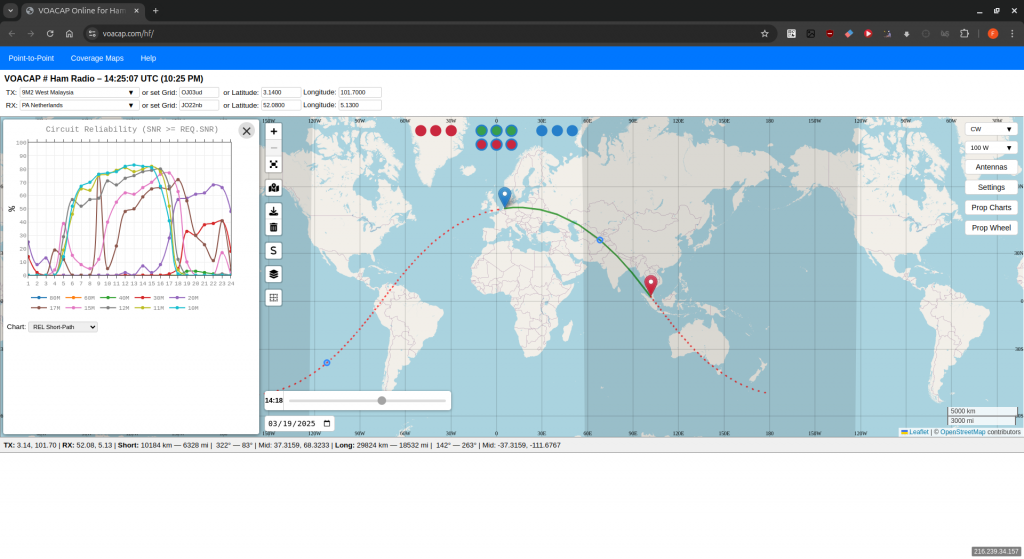
Why Use VOACAP?
As an amateur radio operator, making long-distance (DX) contacts can be a lot of fun, but it’s also challenging. HF signals don’t travel in a straight line – they bounce off the ionosphere and can be affected by the time of day, solar conditions, and more. Using VOACAP helps you figure out when to transmit and on which frequencies to increase your chances of a successful QSO.
How to Use VOACAP: A Step-by-Step Guide
- Visit the VOACAP Website Go to https://www.voacap.com/hf/. This is where the magic happens!
- Choose Your Location VOACAP needs to know where you are located to make accurate predictions. You can enter your location manually or, if you don’t know the exact coordinates, you can use the “Location” tab and type in your grid square or city. It will then give you a list of options, and you can select the one closest to you.
- Select Your Target Location Now, VOACAP needs to know where you want to make a contact. Enter the location (or grid square) of your desired target. This could be a specific country, region, or another amateur radio operator you want to reach.
- Choose Your Frequency Band VOACAP works best on HF bands, so you’ll need to choose a frequency band for your prediction. For beginners, you might start with 20 meters (14 MHz), 40 meters (7 MHz), or 80 meters (3.5 MHz), as these are commonly used by amateur radio operators. VOACAP will give you predictions for each band separately.
- Get the Prediction Once you’ve entered all the required information, click on the “Prop Chart” and “Prop Wheel button. VOACAP will analyze the data and generate a propagation prediction. You’ll see a graph showing how well your signal will propagate over different hours of the day, on various frequencies. Higher propagation values mean better chances for successful communication!
- Interpret the Results The graph VOACAP generates might look complicated, but here’s what to look out for:
- Higher lines mean better propagation, which means your signal is likely to be stronger and travel farther.Lower lines mean poorer propagation, which means your signal might not travel well, and it might be harder to make a contact.Peak times are shown in the graph, helping you find the best times to transmit.
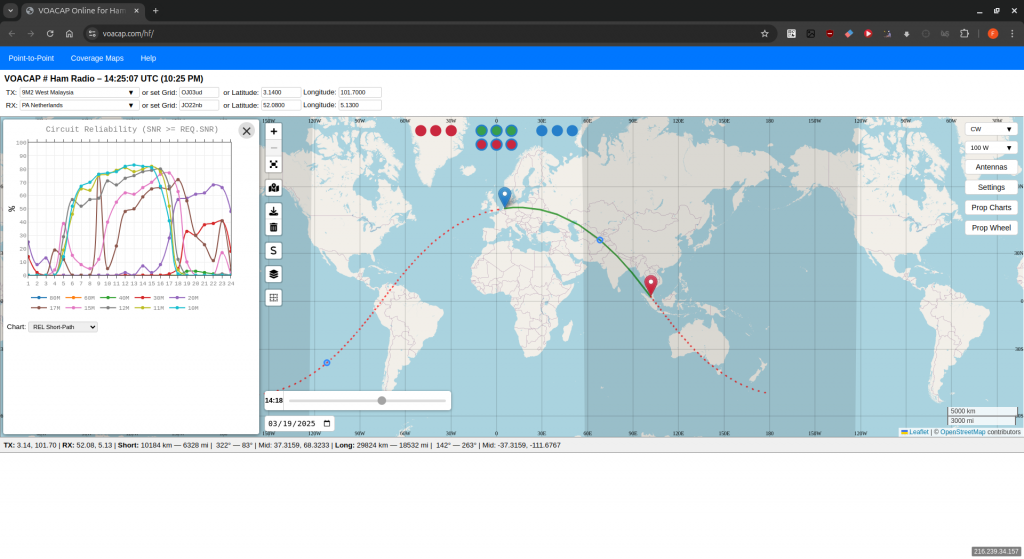
Tips for Using VOACAP Effectively
- Experiment with different locations: VOACAP gives you predictions for multiple locations. Try different target locations to see which offers the best conditions for making a contact.
- Use it alongside other tools: While VOACAP is great for predicting propagation, you can use it with other tools like the Reverse Beacon Network to confirm real-time conditions.
- Know your local time zone: VOACAP uses UTC, so make sure you adjust the time to your local time zone.
- Track solar activity: Solar activity greatly affects HF propagation. Keep an eye on the solar flux and sunspot numbers for a better understanding of how conditions will change over time.
Conclusion
VOACAP is a fantastic tool for any amateur radio operator, especially beginners. It helps you predict when and where you can make successful contacts on HF bands. By understanding how propagation works and using VOACAP to plan your operations, you can significantly improve your chances of making those long-distance (DX) QSOs.
So, give it a try next time you’re planning to hit the airwaves! VOACAP is simple to use, and with a bit of practice, you’ll soon be a pro at predicting HF propagation conditions.
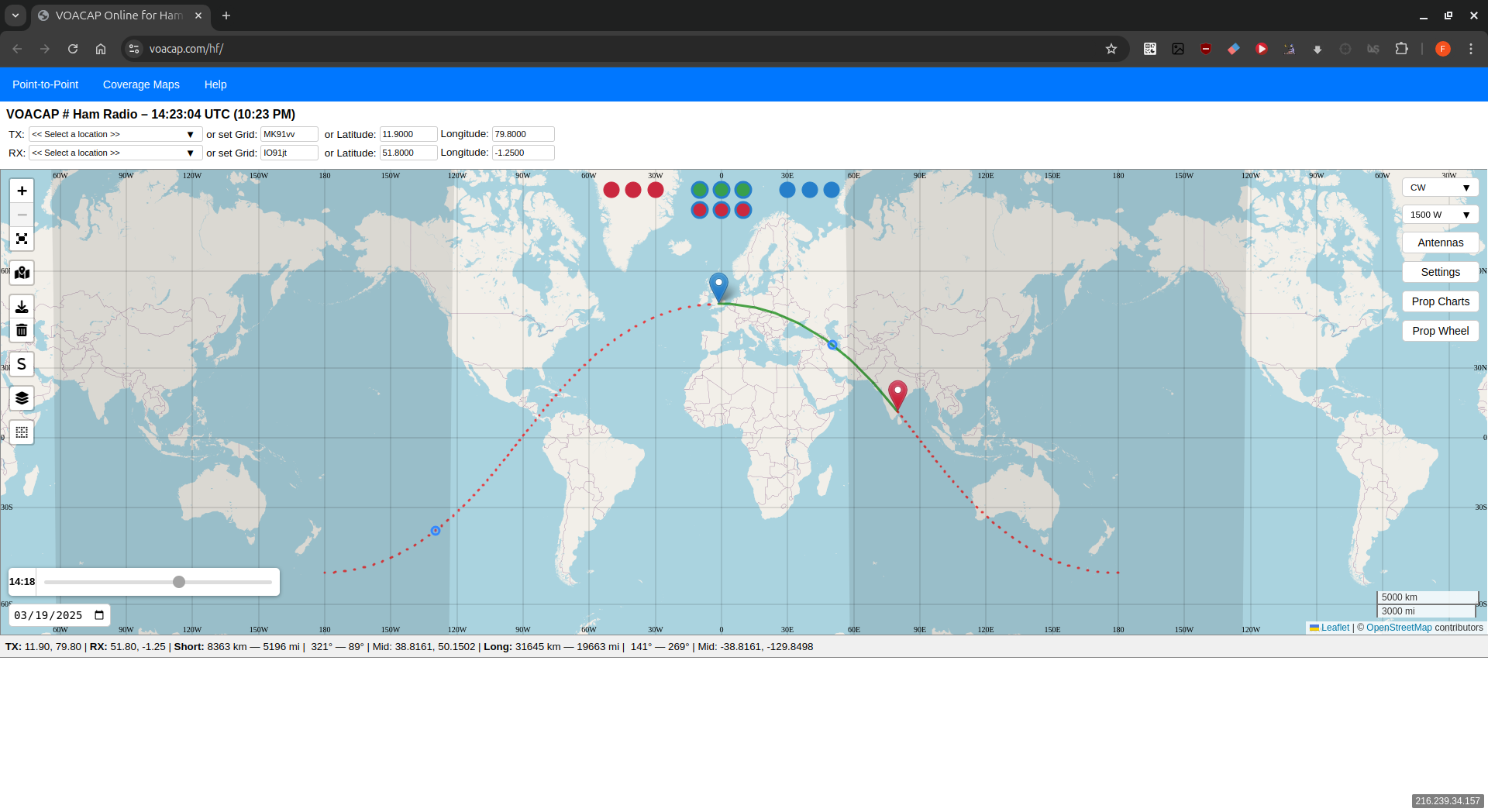
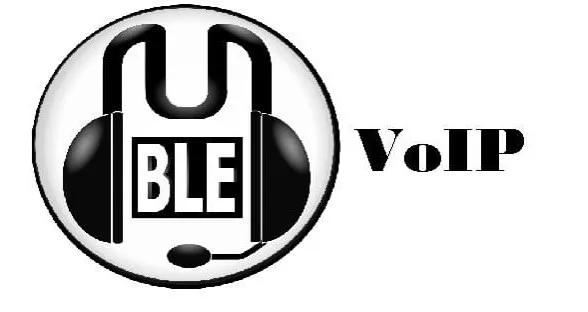
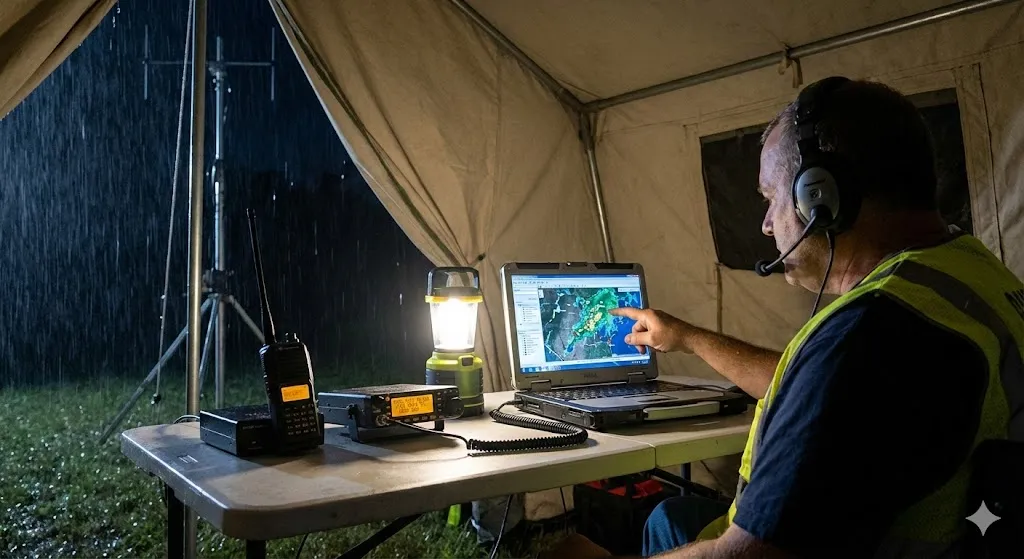
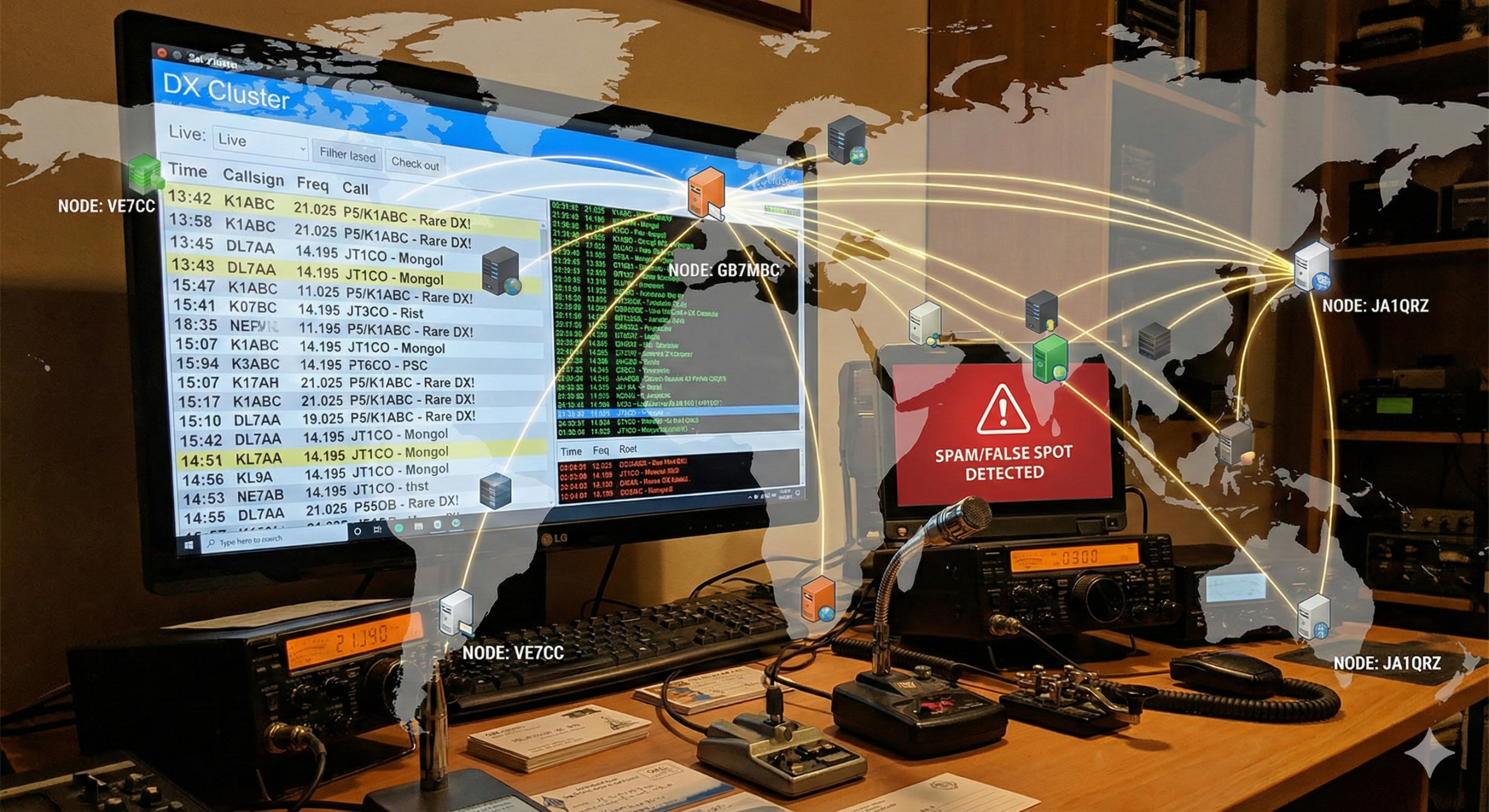



Post Comment